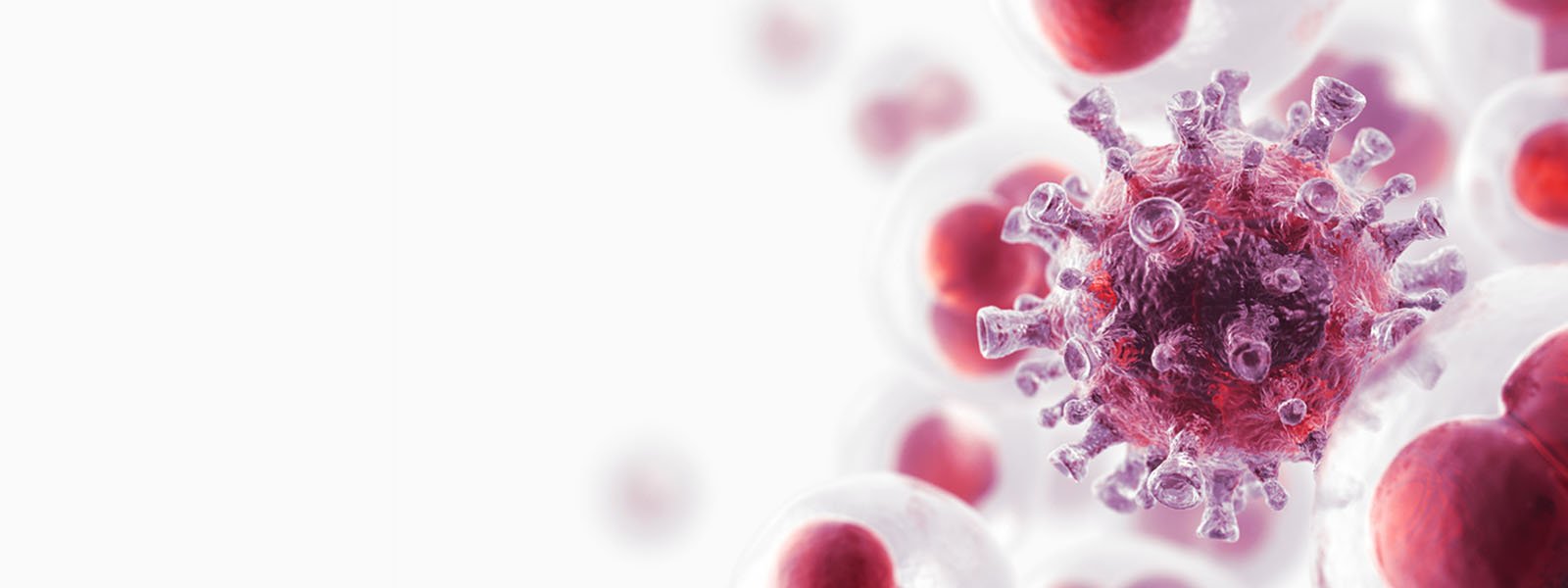
Microbubble technology could help surgeons target cancer better, reducing the need for bowel cancer patients to have life-changing operations, research led by a University of Strathclyde scientist has found.
Surgeons are currently required to remove a significant amount of tissue surrounding a bowel tumour to try to remove the cancer and prevent spread of the disease.
However, only after removal can the tissue be analysed and confirmed as cancerous and sometimes the extent of this surgery leads to patients requiring a stoma and colostomy bag.
By injecting microscopic bubbles of a safe gas into the bloodstream of bowel cancer patients, the researchers believe ultrasound could be used by surgeons in the future to identify which areas of tissue the cancer has spread to.
This would provide information which minimises the removal of healthy tissue, reducing the extent of the surgery and the risk of complications for patients.
The new research, published in the journal Cancers, found that injecting microscopic bubbles into mice carrying bowel cancer tumours made ultrasound images clearer and more accurate.
The research team is led by Dr Helen Mulvana, a Chancellor’s Fellow in Strathclyde’s Department of Biomedical Engineering. It also includes colorectal cancer surgeon Professor Susan Moug of the Royal Alexandra Hospital, Paisley and colorectal cancer geneticist Professor Susan Farrington and medical physicist Professor Carmel Moran both of the University of Edinburgh.
The research has been funded by Cancer Research UK.
Dr Mulvana said: “Current practice is for a substantial amount of surrounding tissue to be removed alongside bowel cancer tumours. “This can lead to patients requiring a stoma which is a lifechanging procedure requiring an extensive recovery and adaption period.
“Our hope is that using microbubbles could allow doctors to see which tissue is cancerous during surgery and allow them to remove only what is necessary. This could reduce the extent of surgery, reduce the need for a stoma in many patients, and speed up the post-operative recovery time.”
Bowel cancer is the second most common cause of cancer death in the UK, with around 43,000 people diagnosed each year, and is the third most common in Scotland with around 4,200 diagnoses in 2019. Over the last 20 years, the bowel cancer incidence rate in the under 50s has increased by 43% in the UK
A stoma is sometimes required when a large amount of bowel tissue is removed in surgery. The end of the bowel is brought out of an abdominal opening and bowel movements are collected in a pouch. This can be temporary while the patient recovers from surgery or may be permanent depending on the extent of surgery required.
The research was welcomed by Jillian Matthew from Edinburgh, who has learned to live with a stoma after undergoing life-saving surgery for bowel cancer in 2020.
During her surgery, she was given a stoma, which is an opening on the surface of the abdomen, to replace the function of her rectum.
She said: “It’s not something I would have chosen to have but I wouldn’t be here without it.
“There are a lot of myths about having a stoma – that you can’t eat certain things and you do have to plan a little more but I still live my life as before.”
The researchers focused on lymph nodes in bowel cancer patients which form part of the immune system and are an important indicator of cancer spread.
Lymph nodes are notoriously difficult to image but by using microbubbles, the researchers were able to tell the difference between nodes which had become cancerous, and those which were still healthy.
Microbubbles of an inert, safe gas stabilised with a shell of lipid - a layer of fat similar to that found in the protective outer membrane of human cells – could be introduced to patients by injection into the bloodstream.
Ultrasound uses high frequency sound waves to create an image of the inside of the body. Once injected, the microbubbles travel throughout the bloodstream, including the area to be targeted by scanning.
When the microbubbles encounter an ultrasound wave, they expand due to the local pressure change created by the wave.
As a result, the expanding microbubbles reflect more ultrasound energy back to the scanner. This reflection creates brighter ultrasound images making it easier to identify features such as lymph nodes and blood vessels in the circulatory system.
The procedure is already used in cardiac and liver disease patients and the hope is that it could now be used in bowel cancer patients.
The research already has ethical approval to be used in surgery and a small number of bowel cancer patients have trialled the use of microbubbles. However, a larger group of patients is now needed to provide more data before the technology can be used more widely.
It is also hoped the technology could, in the future, allow better scans to monitor the progress of cancer and cancer treatments.